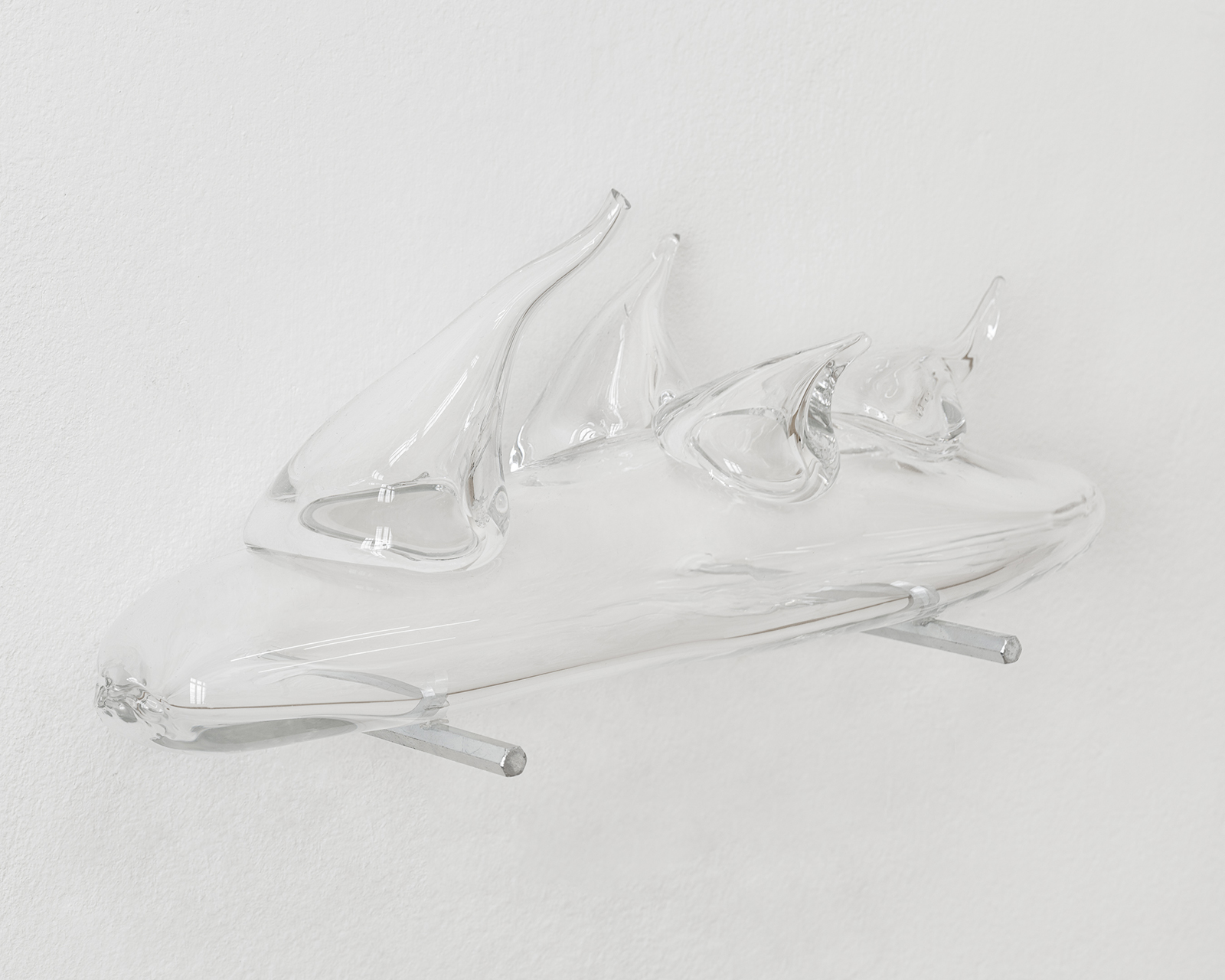THE PRELUDE THE HOURS THE KISS THE END
— Tarek Lakhrissi
9th September, 2023 — 7th October, 2023Press release
I am – just now – wondering if a history of sculpture focusing on the idea of the “missing part” has yet to be written. I am thinking of the amputated bodies in the Louvre. Not only that, but I also started to become more curious of the missing tools or weapons in figurative sculpture: an Athena without her spear at the école des Beaux arts de Bordeaux for instance, or, more specifically, Antoine Bourdelle’s arrowless Héraklès archer (1909), which I recently encountered at Musée Bourdelle. Tarek Lakhrissi’s sculptural practice is filled with fragments of bodies (tongues, horns, tails, claws, teeth and wings) and weapons (spears and arrows, amongst others).
His arsenal, embracing the decorative to better seduce you, could be perceived as the underworld of a museum, the negative reflection of a dimension where all arms have been – made to be – dropped, thus making Lakhrissi’s exhibitions the storage rooms for a queer revolution to come, a nihilistic dance towards immortality. To look at Lakhrissi’s sculptures as witnesses and remnants of bodies and subjects that have been systematically and historically made to be felt powerless is to inscribe his practice in an act of poetic reparation, once that harnesses strength and charm through the careful balance negotiated between abstraction and figuration, ornament and threat, as well as inertia and motion.
I have seen Tarek installing his work several times now. One of those times was at DOC (Paris) back in 2018, for a group exhibition I curated titled Le Colt est Jeune et Haine (a title crafted as a linguistic weapon). For this exhibition, Tarek produced his first ever (broken) sculpture. Various components of his grammar were already there: (latex) textile as (black) skin; poetry running away from the white page; as well as fragments (of a decorated pot). Tucked in between the works of Ligia Lewis and Atiéna Kilfa and sitting on top of Olu Ogunnaike’s wood dust, the text read: “I SEE YOU NOW AND I AM NOT AFRAID ANYMORE”, which turned the sculpture into an object that could look back at you while you were, well... looking at it.
I suggest we seize this sentence-poem-formula, to use it as a lens to look at Tarek’s practice as a whole: his sculptures, moving image works, performances, and poetry. I find it generative to think of Tarek’s expanding body of work as one that not only gives itself to the eye and ear, but that looks at us, sometimes more confrontationally than others, to help us see ourselves. Interestingly enough, this line of thoughts helps us to consider Tarek’s sculptures as screens and mirrors, onto which narratives are woven, which then project back onto us: basically, sculptures conceived as films, or rather operating cinematically in the ways they relate to subject-making. Conversely, Tarek’s films also have sculptural qualities which can be located in the screenplay, the way images are conceived as well as in the editing.
Isaac Julien, in a text titled “Mirror” opening the artist’s book published in 2017 at the occasion of his exhibition at Victoria Miro in London, comes back to the process leading to the making of his 49-minutes long seminal film Looking for Langston (1989): “If you’re making a narrative feature, what you do is emulate the narrative codes and everything you’ve already seen in the dominant cinema. Essentially your script is going to be based on characters. But conceptualising like that is totally different from the approach I used on Looking for Langston. There, everything was developed out of fragments ; research fragments that came from the archive.”
Both Tarek and I, unsynchronised, got to see Isaac Julien’s retrospective at Tate Britain (London) which ran from April 26 to August 20 (2023). Before entering the corridor leading to the screening room of Looking for Langston, there was a wall filled with photographs of men in love and, at the bottom, a vitrine containing various archival material. At the top left corner was displayed a storyboard, drawn by artist John Hewitt. There you could actually get closer to what it meant for Isaac Julien to compose fragments in film: when storyboards are usually composed withing a rigid grid format, then filled with drawings, here the drawing of the scene first filled an entire page, and only thereafter were the different “frames” apposed, sometimes overlapping.
What if the three bas-relief produced for THE PRELUDE THE HOURS THE KISS THE END had been composed following a similar methodology? In some ways, they could be perceived as storyboards – bridging the gap between all the dimensions of Tarek’s practice –, and, if so, result from a zoom out motion departing from Tarek’s sculptural works. Fragments of fragments.
– Cédric Fauq
Avec le soutien aux galeries /exposition du Centre national des arts plastiques
THE PRELUDE THE HOURS THE KISS THE END
9th September, 2023 — 7th October, 2023 , Galerie Allen
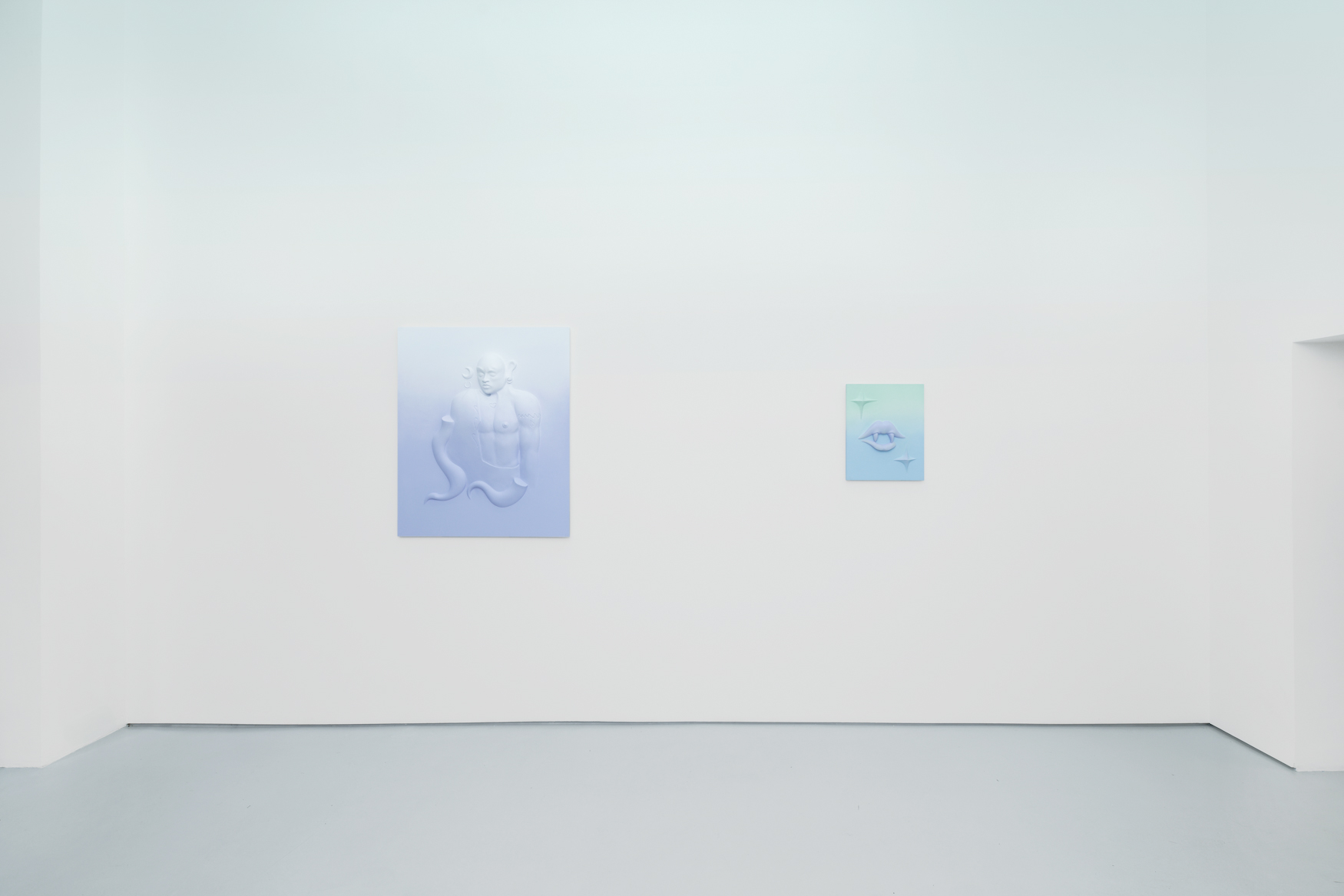
THE PRELUDE THE HOURS THE KISS THE END
9th September, 2023 — 7th October, 2023 , Galerie Allen
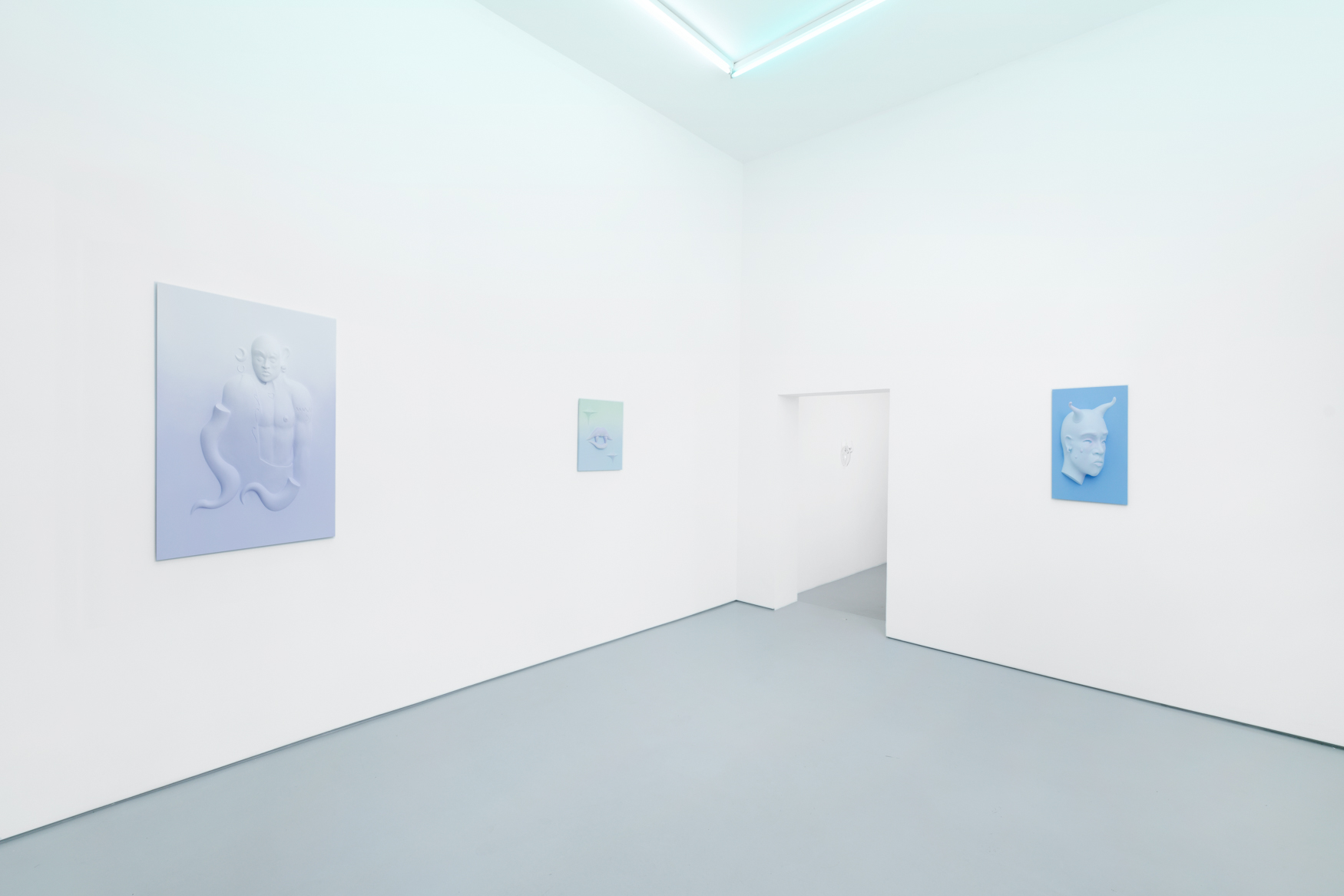
THE PRELUDE THE HOURS THE KISS THE END
9th September, 2023 — 7th October, 2023 , Galerie Allen
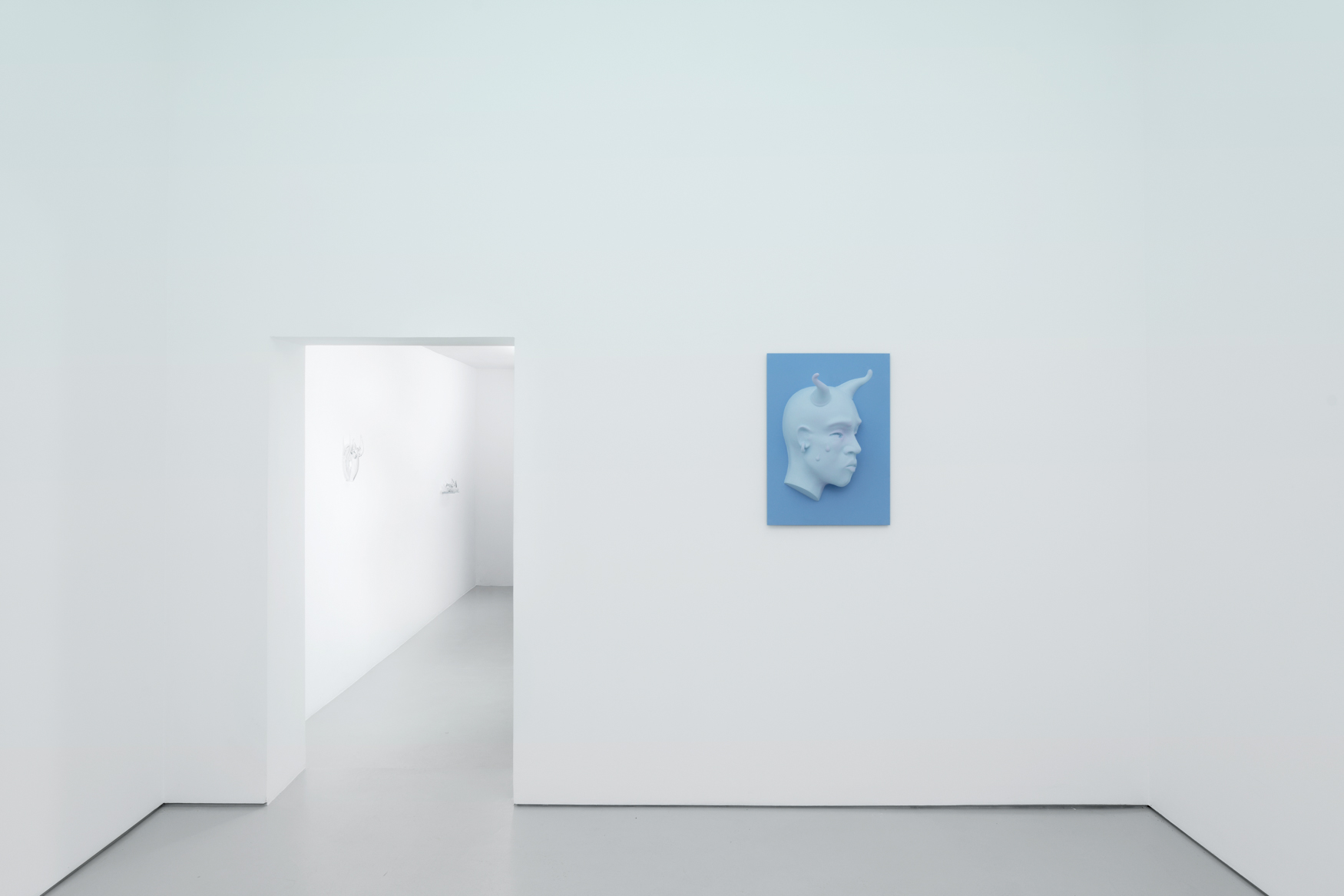
THE PRELUDE THE HOURS THE KISS THE END
9th September, 2023 — 7th October, 2023 , Galerie Allen
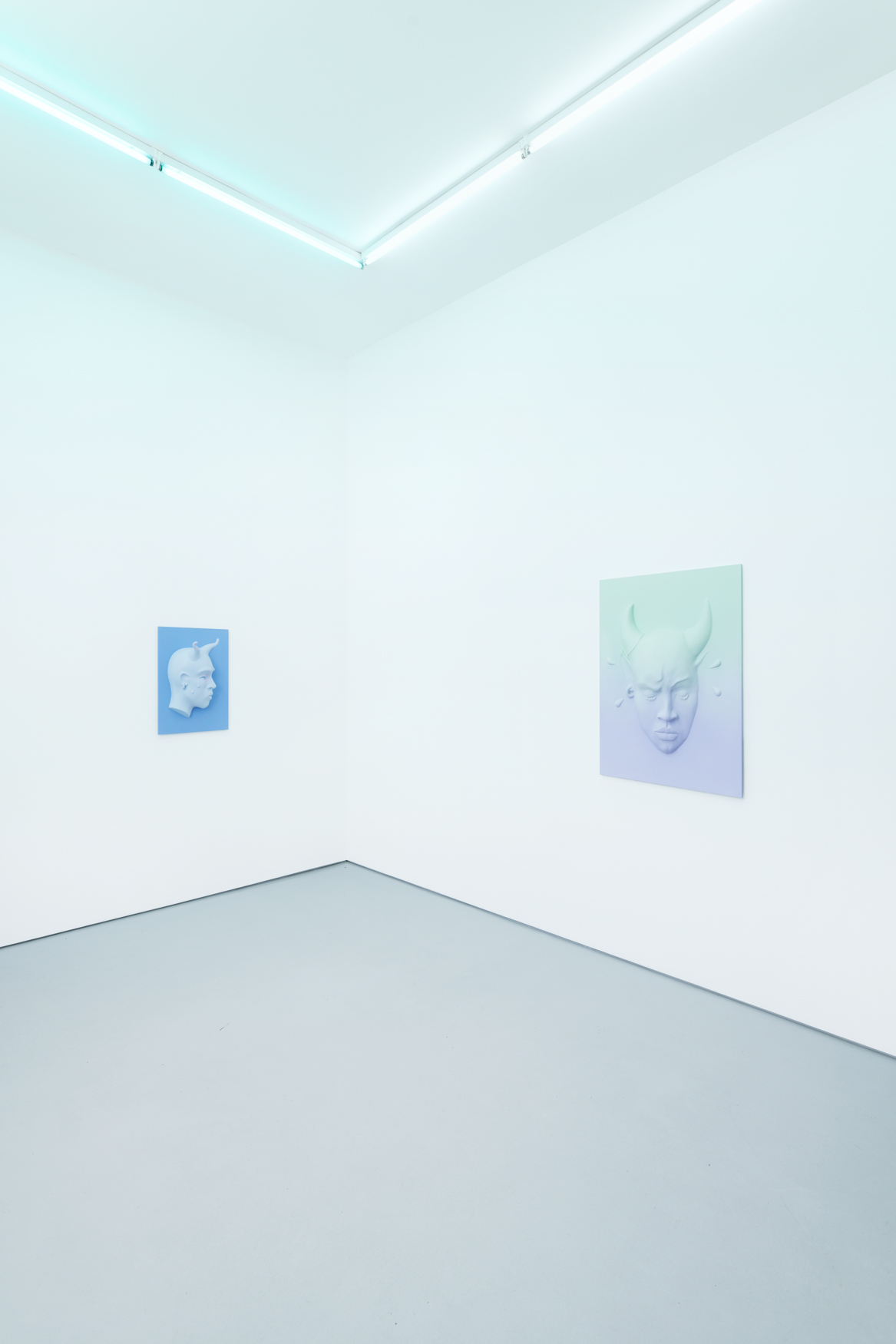
THE PRELUDE, 2023
Resin, polystyrene, wood, paint
110 x 90 x 9 cm
Photo : Aurélien Mole
Courtesy the artist and Galerie Allen, Paris
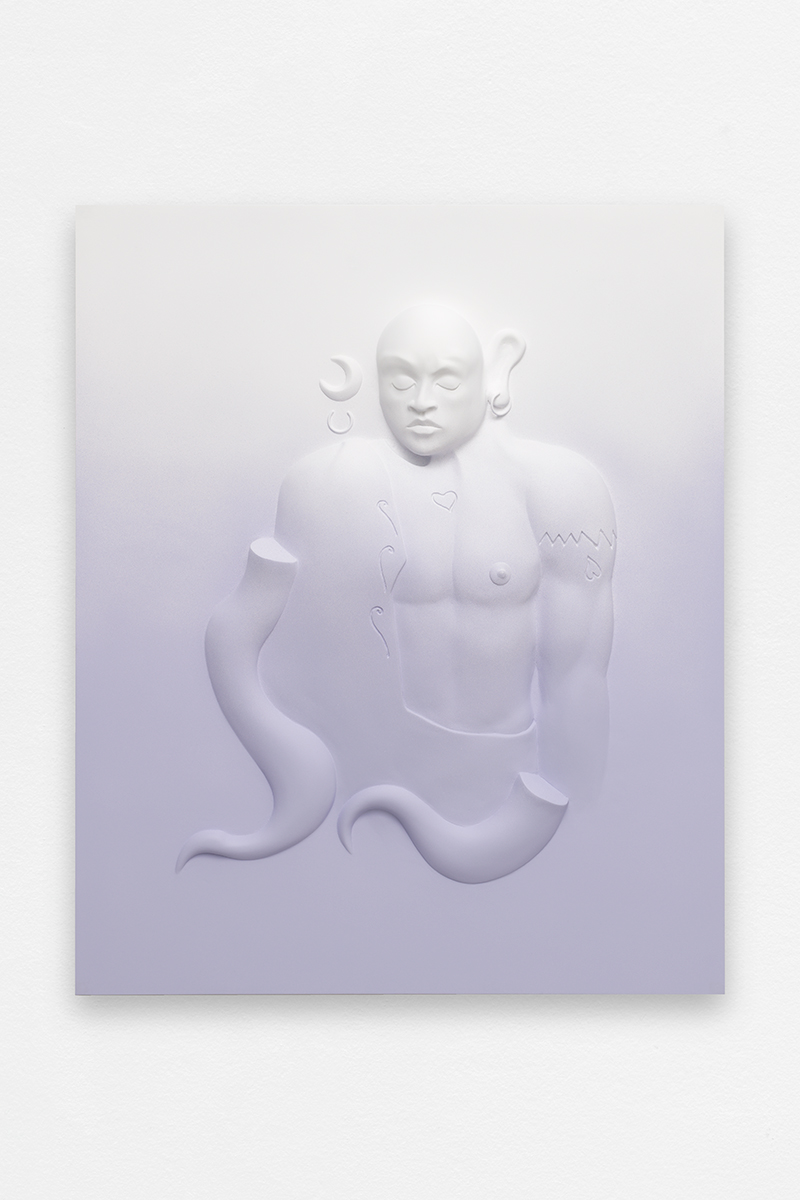
THE HOURS, 2023
Resin, polystyrene, wood, paint
110 x 90 x 16 cm
Photo : Aurélien Mole
Courtesy the artist and Galerie Allen, Paris
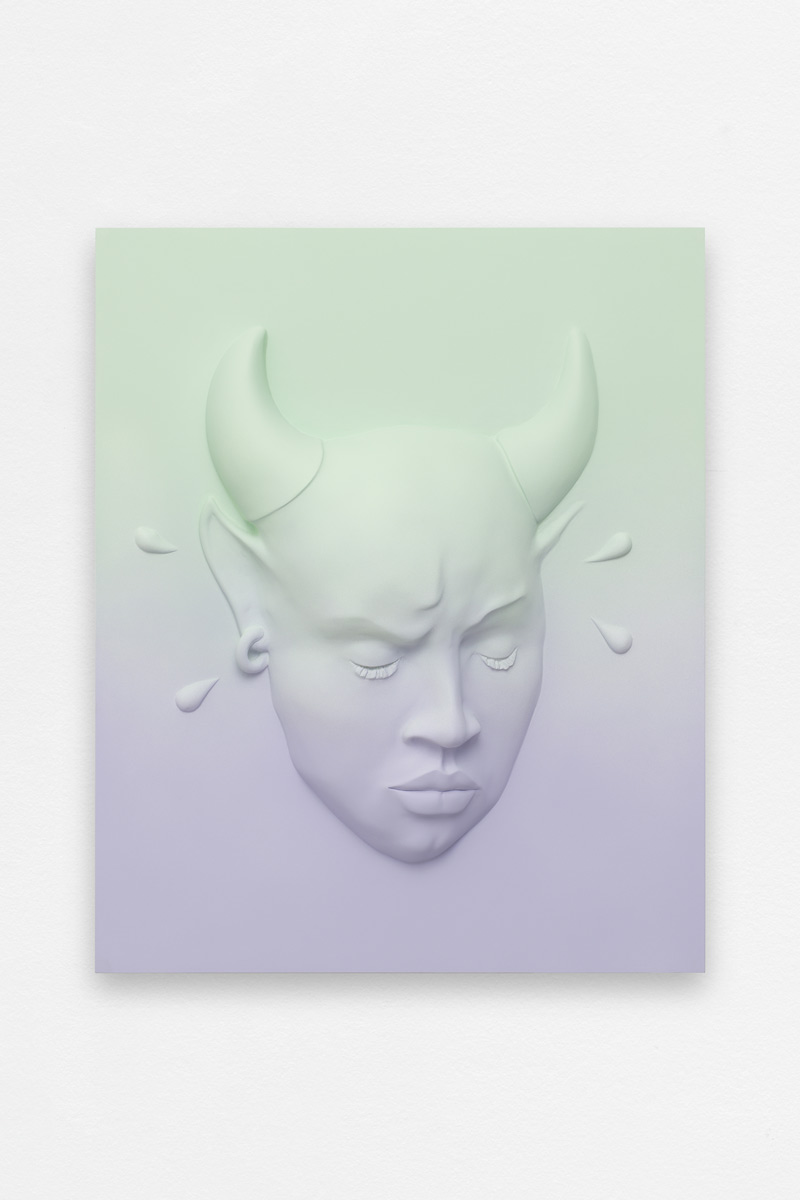
THE END, 2023
Resin, polystyrene, wood, paint
70 x 50 x 25 cm
Photo : Aurélien Mole
Courtesy the artist and Galerie Allen, Paris
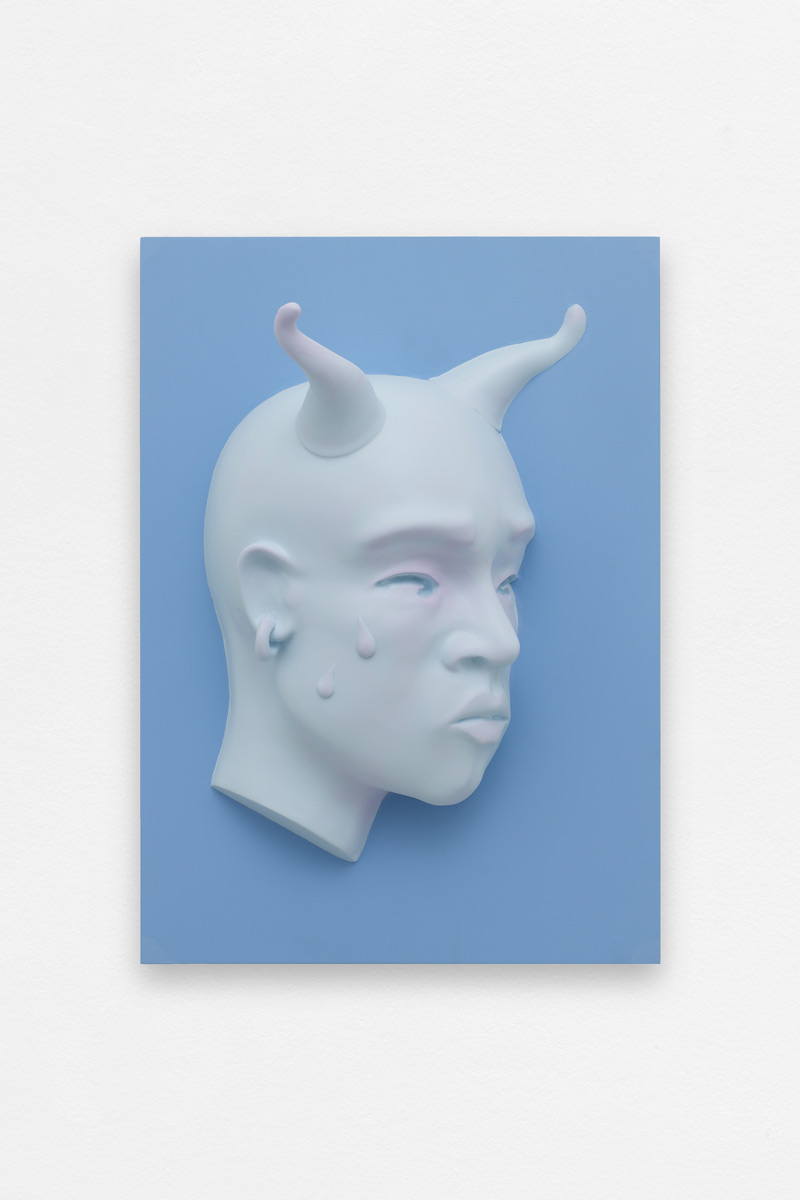
THE KISS, 2023
Resin, polystyrene, wood, paint
50 x 40 x 5 cm
Photo : Aurélien Mole
Courtesy the artist and Galerie Allen, Paris
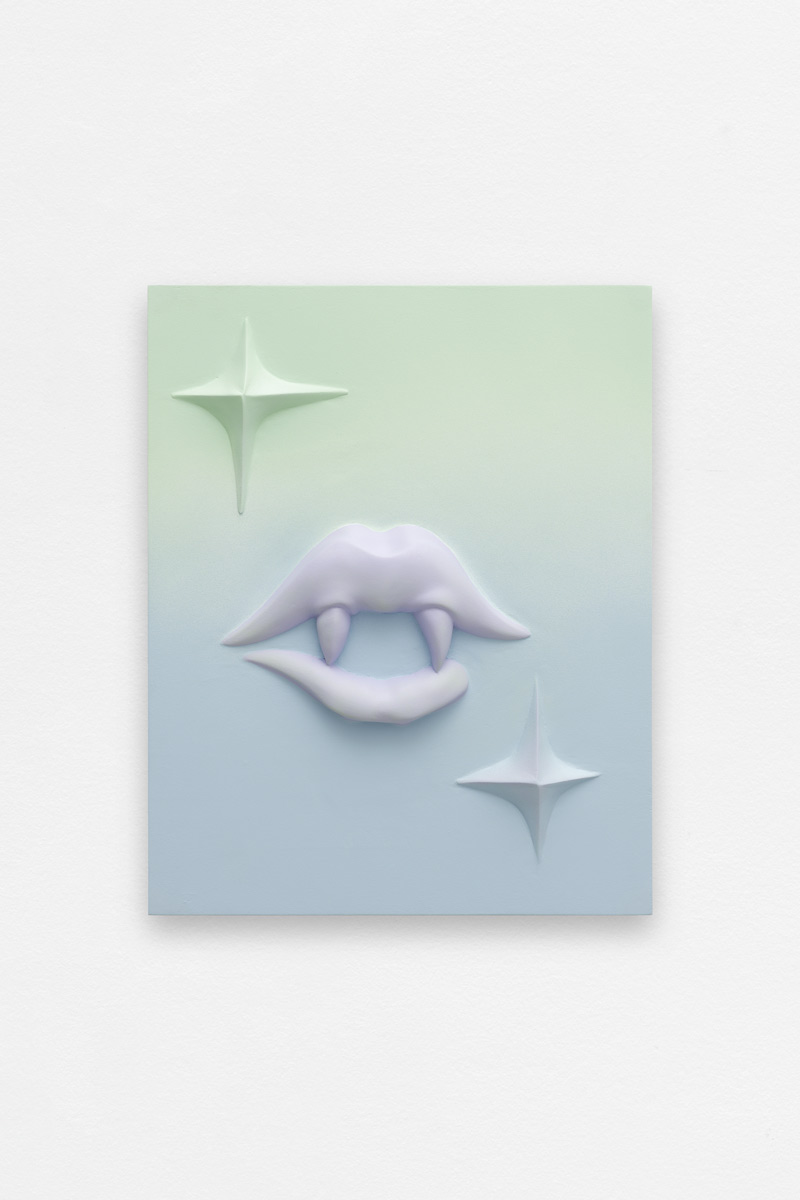
...HURTS ME SO BAD I LOVE IT, 2023
Blowing glass
33 x 20 x 11 cm
Courtesy the artist and Galerie Allen, Paris
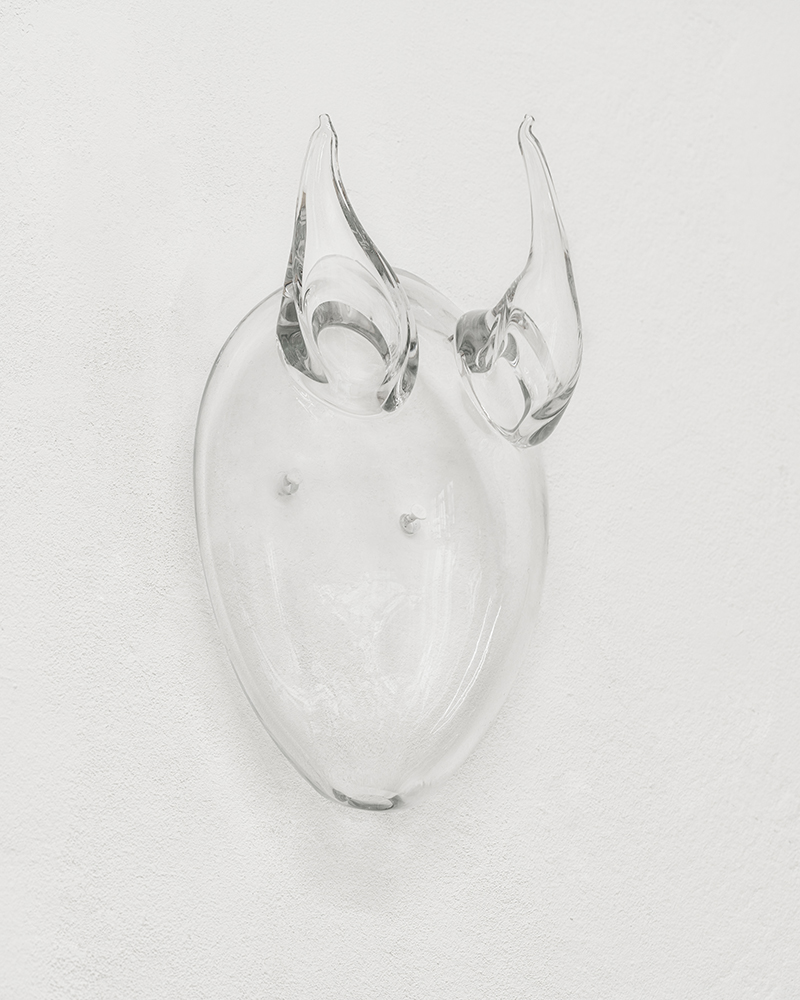
BABY BOWSER, 2023
Blown glass
21 x 19 x 17 cm
Photo : Aurélien Mole
Courtesy the artist and Galerie Allen, Paris
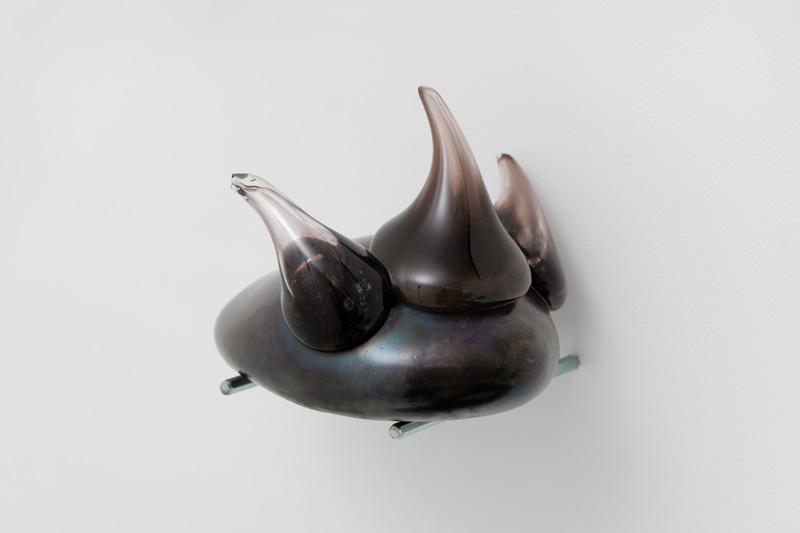
MOTHER OF DRAGONS, 2023
Blown glass
39 x 16 x 14 cm
Photo : Aurélien Mole
Courtesy the artist and Galerie Allen, Paris
